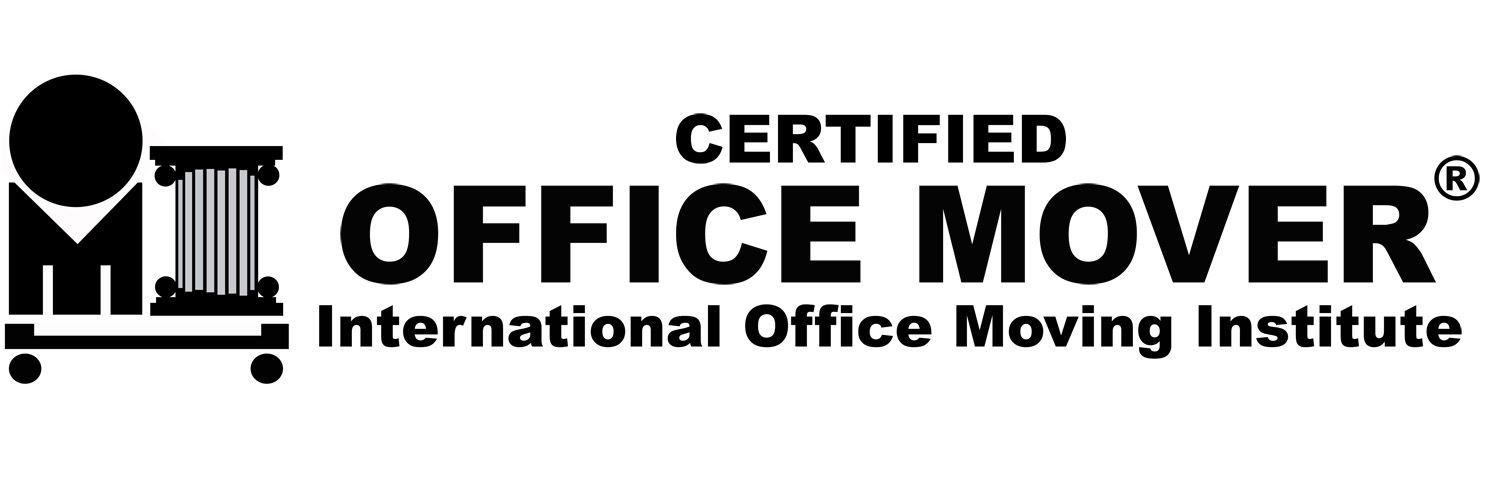Your Elgin Move Simplified
Thinking of making Elgin, IL your new home but feeling a bit overwhelmed by where to start? You're not alone. Choosing a new city, and then a specific neighborhood within it, is a significant decision. Elgin, Illinois, a vibrant city nestled along the Fox River, offers a unique blend of historic charm, modern amenities, and a welcoming community spirit. But with diverse areas each boasting its own character, how do you find the perfect spot that aligns with your lifestyle, needs, and budget? This comprehensive guide is here to help you navigate the landscape of Elgin, delve into its most sought-after neighborhoods, and give you a clear picture of what to expect when you decide to call this dynamic Illinois city home.
Elgin has consistently drawn new residents with its rich history, thriving arts scene, and the promise of a balanced suburban life with easy access to Chicago. From its beautifully preserved historic districts to its bustling downtown and serene, family-friendly subdivisions, Elgin truly has something for everyone. Whether you're a young professional seeking a lively atmosphere, a growing family looking for excellent schools and parks, or someone looking to enjoy a peaceful retirement with plenty of cultural engagement, understanding the nuances of Elgin's communities is the first step towards a successful move. Let's explore what makes Elgin a great place to live and how you can find your ideal corner within it.
Why Choose Elgin? A Snapshot of Its Appeal
Before we dive into specific neighborhoods, it's worth highlighting what makes Elgin, IL, an attractive destination. Located approximately 35 miles northwest of downtown Chicago, Elgin offers a more affordable cost of living compared to the city and many other nearby suburbs, without sacrificing access to amenities and opportunities. The Fox River winds its way through the heart of Elgin, providing picturesque views, recreational activities, and a focal point for community events. The city boasts a rich architectural heritage, evident in its well-maintained historic homes and buildings.
Elgin's cultural landscape is vibrant, featuring the Grand Victoria Casino, the Elgin Symphony Orchestra, and numerous art galleries, theaters, and live music venues. For outdoor enthusiasts, the city offers an extensive park system and access to the Fox River Trail, perfect for biking, walking, and enjoying nature. Furthermore, recent accolades have even named Elgin as one of the safest and most affordable cities in the U.S., making it an increasingly popular choice for those looking to relocate within Illinois or from out of state. With a strong sense of community and a diverse population, Elgin provides a welcoming environment for newcomers.
Unveiling Elgin's Best Neighborhoods: Finding Your Perfect Fit
Choosing the right neighborhood is arguably the most crucial part of your move. Elgin is a city of distinct areas, each offering a different living experience. Here’s a closer look at some of Elgin's top neighborhoods, considering factors like atmosphere, housing, amenities, and lifestyle suitability. Remember, the best way to get a feel for a neighborhood is to visit, but this guide will give you a strong starting point.
The Historic Northeast Neighborhood
- Vibe & Character: If you're captivated by historic architecture and tree-lined streets, Elgin's Northeast Neighborhood, often referred to as the Gifford Park Association area, is a must-see. This area is renowned for its stunning collection of Victorian, Queen Anne, Tudor, and Prairie-style homes, many of which are meticulously preserved. It’s one of the largest historic districts in Illinois, offering a unique sense of place and community pride.
- Housing: You'll find a range of single-family homes, from grand historic residences to more modest, charming older houses. Prices can vary significantly based on size, condition, and historical significance, but generally offer good value for the character and location.
- Amenities & Lifestyle: Residents enjoy proximity to downtown Elgin's restaurants, shops, and cultural attractions. The neighborhood itself is walkable and hosts community events, including an annual historic house tour. It's ideal for those who appreciate history, architecture, and a strong neighborhood association that actively works to preserve the area's character. Families are drawn to the area for its charm and community feel, though school choices should be researched based on specific addresses.
- Considerations: Older homes may require more maintenance, but the appeal of living in a historic gem often outweighs this for enthusiasts.
The West Side: Suburban Comfort and Convenience
- Vibe & Character: Elgin's West Side is characterized by a more suburban feel, with a mix of established subdivisions and newer developments. It's known for being family-friendly, with quieter streets and a strong sense of community.
- Housing: The West Side offers a diverse range of housing options, including traditional single-family homes, townhouses, and some apartment complexes. You'll find homes built from the mid-20th century to more recent constructions, catering to various tastes and budgets. Areas like College Green are popular for their well-kept homes and mature landscapes.
- Amenities & Lifestyle: This area boasts excellent parks, reputable schools (part of School District U-46), and convenient access to shopping centers along Randall Road, one of the region's major retail corridors. It’s a popular choice for families due to the good schools and abundance of recreational opportunities. The lifestyle is generally more laid-back and car-dependent compared to the historic district, but offers easy access to everyday necessities.
- Considerations: While offering suburban comforts, some parts of the West Side might lack the unique architectural charm of the historic districts.
South Elgin (Adjacent and Influential)
- Vibe & Character: While technically a separate village, South Elgin is often considered in conjunction with Elgin due to its proximity and shared amenities. It offers a distinctly suburban, family-oriented atmosphere with many newer housing developments and a strong focus on community recreation.
- Housing: Predominantly single-family homes in newer subdivisions, often featuring modern amenities and larger lot sizes. Neighborhoods like Thornwood are well-regarded. The housing market here is competitive, reflecting its desirability for families.
- Amenities & Lifestyle: South Elgin is known for its excellent park district, numerous community events, and highly-rated schools. The Fox River Trail runs through South Elgin, providing ample outdoor recreation. It’s a very family-centric area with a high quality of life. Residents often commute to nearby employment centers, including those in Elgin and the greater Chicagoland area.
- Considerations: Being slightly further out, commute times to Chicago might be longer. The vibe is more uniformly suburban than the diverse character found within Elgin proper.
Downtown Elgin: Urban Living on the Rise
- Vibe & Character: Downtown Elgin is experiencing a revitalization, transforming into a more vibrant urban center. It offers a mix of historic buildings being repurposed for residential and commercial use, alongside newer developments. The presence of the Fox River, the Grand Victoria Casino, and a growing number of restaurants and entertainment venues contribute to its increasingly lively atmosphere.
- Housing: Options include loft apartments in converted historic buildings, newer condominium developments, and some townhouses. This area appeals to young professionals, artists, and those who enjoy an urban lifestyle with walkability to amenities.
- Amenities & Lifestyle: Living downtown means having restaurants, cafes, theaters, art galleries, and nightlife at your doorstep. The Metra train station provides convenient access to Chicago. The city hosts various festivals and events downtown throughout the year. For more on the local scene, you might explore resources like Explore Elgin Area.
Considerations: As with many urban areas, parking can sometimes be a challenge, and the noise level might be higher compared to suburban neighborhoods. However, the convenience and vibrancy are major draws.
What to Expect When You Relocate to Elgin
Beyond choosing a neighborhood, understanding the practical aspects of living in Elgin will help you settle in smoothly.
- Cost of Living: As mentioned, Elgin generally offers an affordable cost of living, particularly when it comes to housing, compared to Chicago and other nearby suburbs. However, property taxes in Illinois are a significant consideration, so be sure to factor those into your budget.
- Schools: Elgin is primarily served by School District U-46, one ofthe largest school districts in Illinois. It offers a wide range of programs and schools. It's advisable to research specific schools based on your chosen neighborhood. The official City of Elgin website may offer links to local school districts.
- Transportation: Elgin has a Metra station on the Milwaukee District West Line, providing commuter rail service to downtown Chicago. Pace bus services offer local transportation within Elgin and to neighboring communities. For drivers, Interstate 90 (the Jane Addams Memorial Tollway) provides access to Chicago and Rockford.
- Community & Culture: Elgin is a diverse community with a rich cultural tapestry. There are numerous community events, festivals, and farmers' markets throughout the year. The city's commitment to the arts is evident in its public art installations and support for cultural institutions. For those new to the state, understanding how to go about establishing legal residency in Illinois or getting your Illinois driver's license can be helpful, and Falcon Moving's blog offers resources on these topics.
- Settling In: From setting up utilities to finding local services, taking the time to explore your new surroundings will make your transition smoother. Don't hesitate to connect with neighborhood associations or community groups to meet new people and learn more about your area. You can also check out our article on the Elgin lifestyle for more insights.
Making Your Elgin Move Effortless with Falcon Moving
Moving to a new city or even just across town can be a significant undertaking. Once you've explored Elgin's neighborhoods and are ready to make your move, partnering with reliable and professional Elgin movers can make all the difference. At Falcon Moving, we understand the intricacies of relocating and are dedicated to providing a seamless, stress-free experience. Our team of experienced professionals offers a comprehensive range of moving services in Elgin, from expert packing and careful loading to safe transportation and efficient unloading. Whether you're moving into a historic home in the Northeast Neighborhood, a family house on the West Side, or a modern apartment downtown, Falcon Moving has the expertise and resources to handle your relocation with care and precision. We pride ourselves on our commitment to customer satisfaction and our deep understanding of the Elgin area.
Your New Chapter in Elgin Awaits
Elgin, Illinois, is a city of opportunity, community, and diverse lifestyles. By understanding its neighborhoods and what daily life entails, you're well on your way to finding your perfect place within this dynamic city. From its historic roots to its forward-looking development, Elgin offers a welcoming environment for all.
Ready to take the next step? Contact Falcon Moving today for a free quote and let us help you make your move to Elgin a smooth and successful one. We look forward to welcoming you to this wonderful Illinois community!




